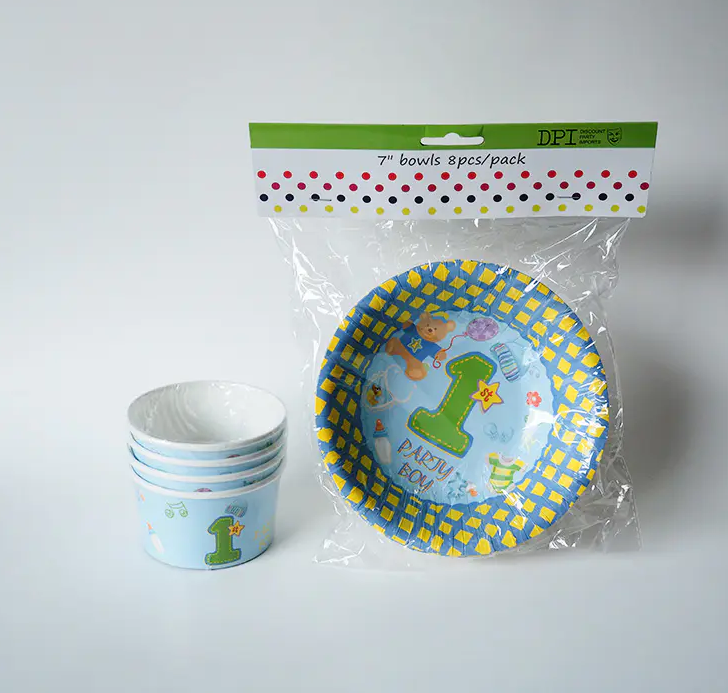The heat resistance of disposable paper plates is a critical factor that influences their usability in various settings, especially when it comes to serving hot foods or reheating meals. Disposable paper plates are typically made from paper pulp, sometimes combined with coatings such as polyethylene or biodegradable waxes to improve their moisture and heat resistance. The inherent properties of paper make these plates lightweight and convenient, but their ability to withstand heat without deforming or releasing harmful substances depends heavily on their manufacturing process and material composition.
When exposed to moderate heat, such as serving warm foods, most disposable paper plates perform adequately, maintaining their shape and structural integrity. However, their heat resistance has limits. Plates without special coatings can absorb moisture from hot food, leading to softening or weakening of the material. This can cause the plate to lose rigidity and potentially collapse under the weight of the food. On the other hand, plates treated with heat-resistant coatings can better resist moisture and temperature, making them suitable for hotter dishes and preventing leaks.
It is important to note that while disposable paper plates are designed primarily for single-use convenience, their use in microwave ovens is generally restricted unless explicitly labeled microwave-safe. Traditional paper plates may scorch, ignite, or release unpleasant odors when microwaved, especially if they contain plastic or wax coatings. Advances in manufacturing have led to the development of microwave-safe disposable paper plates that can tolerate short bursts of heating without structural damage or safety concerns. Consumers should always check the packaging for heat resistance specifications to ensure safe usage.
In commercial settings, such as catering or food service industries, disposable paper plates are favored for their ease of disposal and hygiene. Their heat resistance enables serving a variety of hot foods without the need for washing reusable plates. However, if the plates are exposed to very high temperatures, such as in ovens or direct flame contact, they are likely to fail. The temperature tolerance of most disposable paper plates typically ranges from room temperature up to about 100°C (212°F), the boiling point of water, but varies by product quality.
Environmental concerns have pushed manufacturers to explore eco-friendly materials and coatings that not only improve heat resistance but also biodegradability. Some disposable paper plates are now made with compostable coatings derived from natural sources, offering improved heat performance without compromising environmental benefits. These innovations provide a balance between functional durability and sustainable disposal.
In summary, the heat resistance of disposable paper plates is adequate for many everyday uses involving warm or moderately hot foods, especially when enhanced with suitable coatings. However, users should avoid exposing these plates to extreme heat or microwave heating unless the product is certified safe for such purposes. Selecting disposable paper plates with clear information about their heat resistance helps ensure convenience, safety, and environmental responsibility in food service applications.
